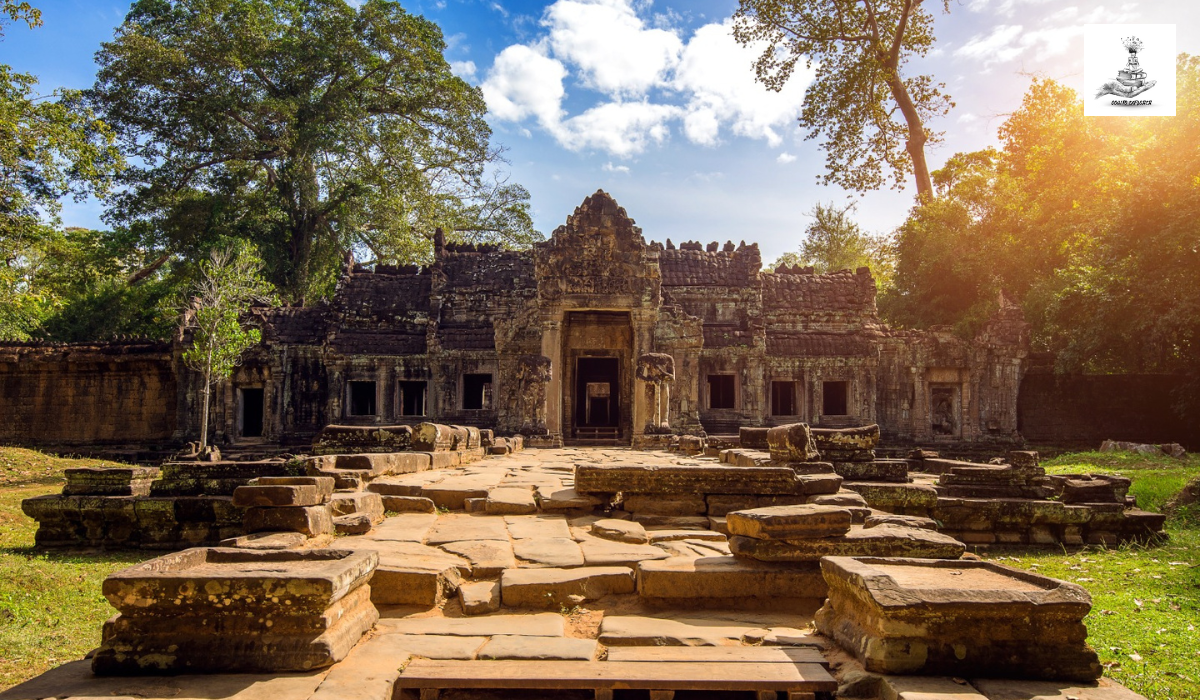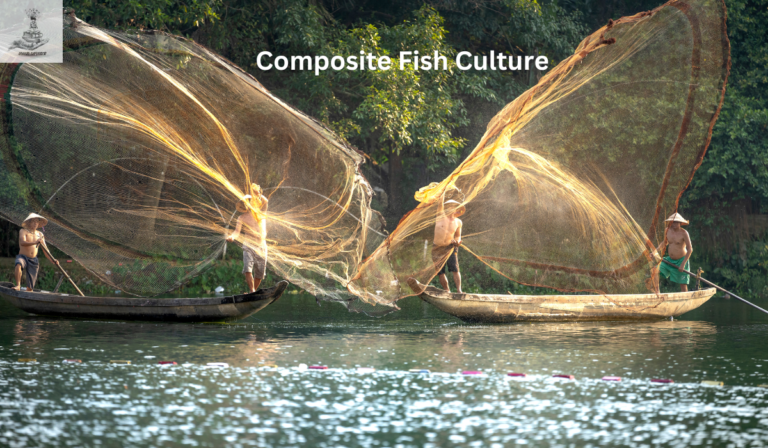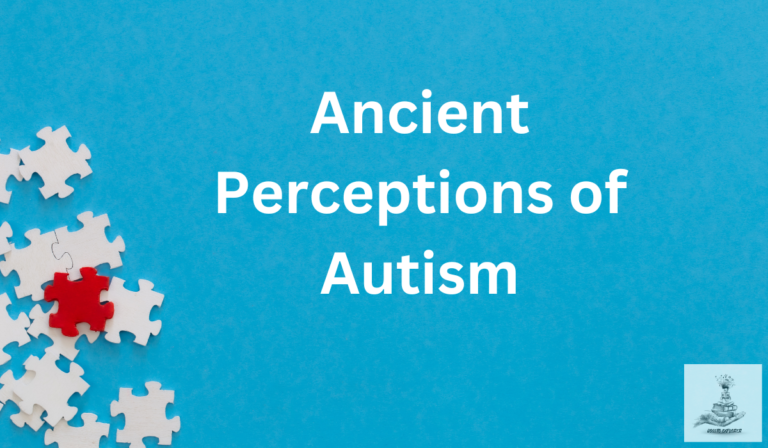The Consecration of Ram Lalla: The Lively Ram Mandir
While the nation is immersed in devotion to celebrate the resurrection of Ram Mandir Ayodhya there is a section of society that is uncertain. The uncertainty of whether to celebrate or to limit oneself to the ecstatic joy to make up for what is regarded as an unfortunate event in the annals of the secular history of India (the removal of the existing structure). For them, it is to be said that a historical wrong is being corrected, and it takes more than 500 years of struggle within and outside of the established law. There are numerous untold/ unheard stories of struggle, suffering, and vows surrounding the struggle which are being enumerated and will soon be shared with all of you. Today the topic of discussion is the Ram Mandir Ayodhya ceremony itself. The rituals being performed and whether the right people are there at the center of the ceremony or not. Let us start with the way of worship first.

Worshipping Divine (Devta) within the Idol
Idol worshipping is not about praying in front of a statue or stone but to the deity represented by them. It is believed that the deity is not merely a statue but a living presence and that through the elaborate ritual, the divine presence or energy (prana) is invoked and resides within the consecrated idol. This ritual of consecrating and infusing life force into an idol or deity is referred to as Praan Pratishta. It is not only a physical consecration but also carries symbolic and philosophical significance, symbolizing the union of the divine with the material world. The manifestation of the formless divine into a tangible, accessible form.
Consecration (Pratishta) of the Deity
The roots of the consecration (Pratishta) can be traced back to ancient Vedic rituals and texts. The Vedas contain hymns (Mantras) and rituals that describe the consecration of deities and the invocation of divine presence into specific forms or idols. These Vedic rituals involved complex ceremonies performed by priests (Brahmins) to invoke the presence of deities. The consecration is done through hymns (Mantras), and it needs to be maintained through prayers daily. If not maintained the Idol rather than being a source of positive energy becomes an energy sink thus causing harm in the vicinity.
On the contrary in Prana Pratishta, the consecration of the life force or vital energy (prana) is done into the idol or deity. The Idol thus does not need any maintenance through prayers (pooja). This is the reason why many ancient temples although abandoned soothe the nerves or give positive vibes.

Sadhguru Jaggi Vasudev has given the concept of The Dhyanalinga which refers to a consecrated meditative space and an iconic representation of the divine. The Dhyanalinga is not associated with any particular deity but is a sacred space that uses symbolic representations to facilitate spiritual practices. Meaning the vital energy (Prana) need not be related to the particular deity or belief and is meant to be a focal point for meditation and inner transformation.
Historical References
In the ancient Indian literature, there are several references to the consecration (Pran Pratishta). The Agama and Tantras provide detailed instructions on consecration rituals along with temple construction and worship. These texts contain specific guidelines for the installation of deities, which includes the Praan Pratishta ceremony. The Shilpa Shastras provide instructions on how to carve and consecrate idols, including the process of Praan Pratishta. The Puranas, such as the Vishnu Purana, Shiva Purana, and Devi Bhagavata Purana, contain narratives and descriptions related to deity worship and consecration.
Commentaries by scholars on various scriptures often delve into the details of rituals, including Praan Pratishta. For example, works by commentators like Adi Shankaracharya, Ramanujacharya, and Madhvacharya provide insights into the philosophical and ritualistic aspects of deity consecration.
A Political leader or A religious leader
In the mix of the ceremonial developments, a controversy has arisen regarding who should consecrate the idol. Many say it should be one of the Shankaracharya (the highest chair in the Religion) while others are ok with a political leader doing it stating he might be representing more classes of people i.e. people beyond the religious lines who believe in the Lord Ram.
I am more tilted towards the latter thought. Since Hinduism is not a centralized religion like other religions, so there is no single spiritual leader or ideology that is followed by everyone. Thus to choose one among numerous equally followed and respected personalities doesn’t seem practical. Another question is why not a Shankaracharya (whomever they choose between them). To answer this question we have to understand the origin and the significance of the chair a Shankaracharya holds.
The chair was established by Adi Shankaracharya while establishing four monastic centers (Mathas) in different parts of India namely Sringeri, Dwarka, Puri and Badrinath. He is often credited with reviving and consolidating various aspects of Sanatana Dharma. He emphasized the importance/ divinity of the Vedas. Shankara’s most significant contribution is to the philosophy of Advaita Vedanta, which asserts the ultimate non-dual reality (Brahman) as the only true and eternal existence. Thus the Shankaracharya of 4 mathas follows the Vedanta School of philosophy which is only a part of the vast philosophical thoughts of the land as discussed in The Philosophical Epochs.
On the other hand, Ram is universal. Those who follow Vedantas, who are influenced by other philosophical theories and thoughts either orthodox (Believes in divinity/ universality of Vedas) or unorthodox (rejects the authority of Vedas) believe in the Divinity of Ram. These unorthodox schools include various offshoots of philosophical thoughts that give rise to various sects. To represent these sects the person chosen by the most through democratic means in my opinion should be the one performing the ritual.
Do share your thoughts in the comment section and if needed we will discuss more.







